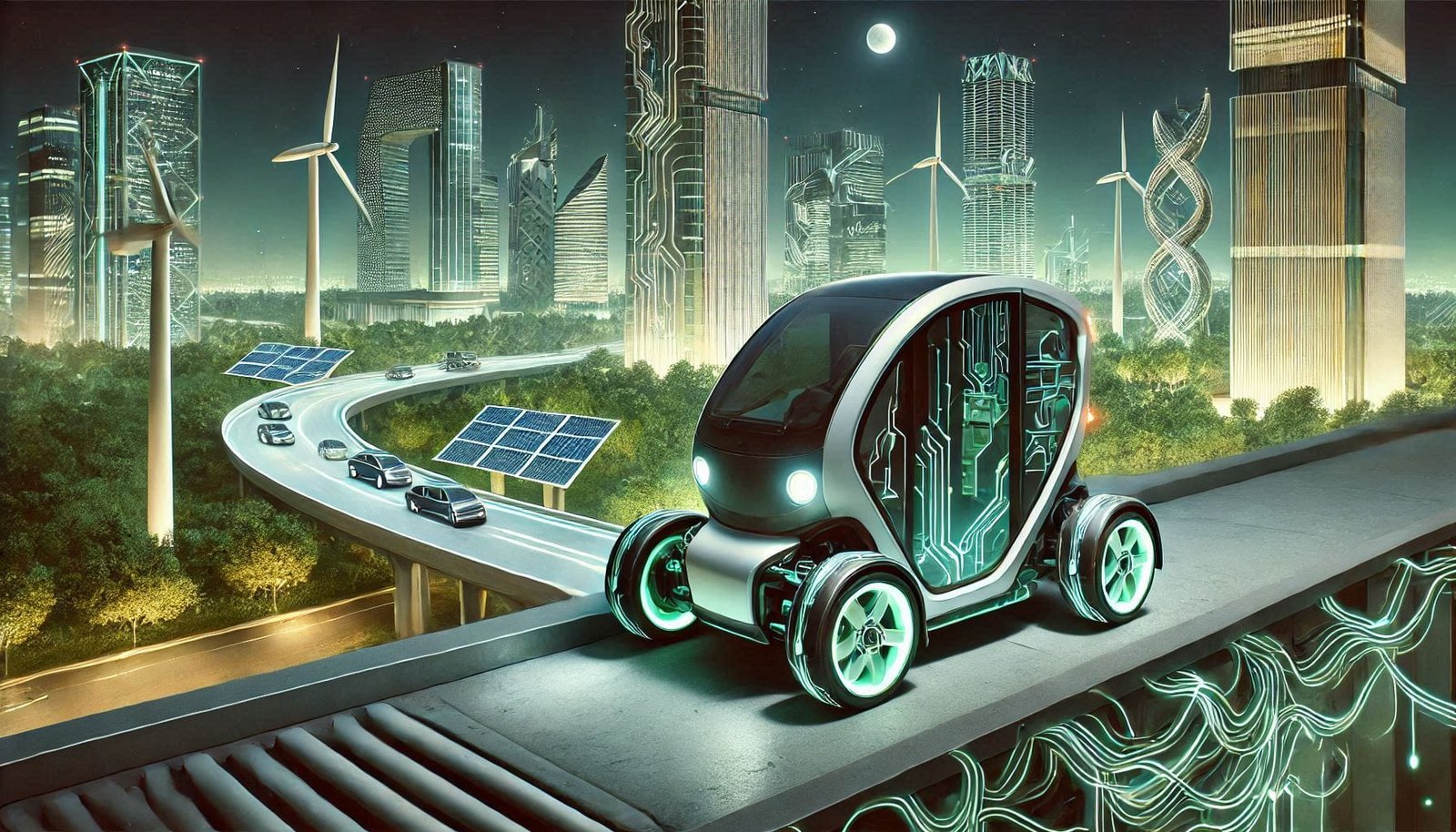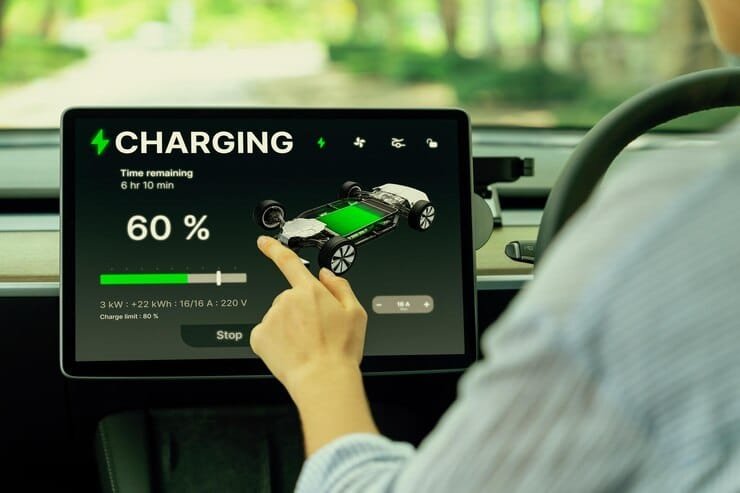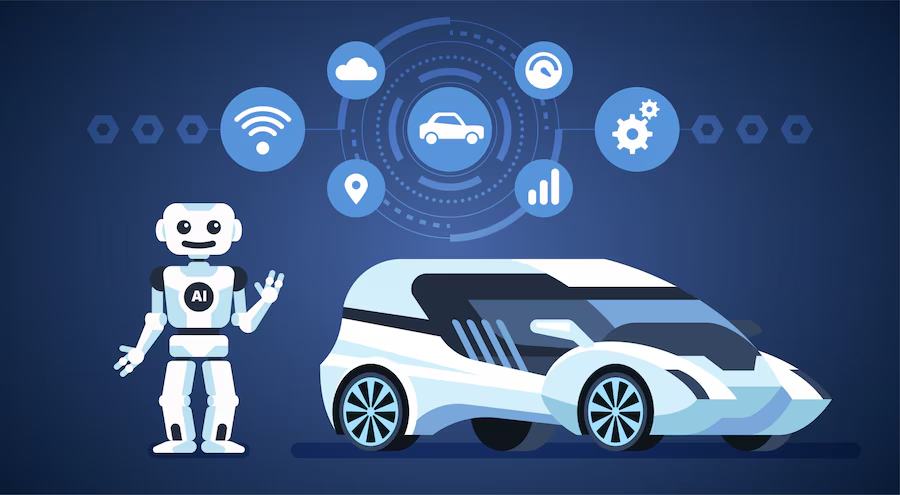Hey everyone! Let’s talk EVs – electric vehicles, the future (and arguably, the present) of driving.
Seriously, have you seen the roads lately? More and more EVs are popping up, and it’s not just Teslas anymore. Every major automaker is throwing their hat into the ring, and smaller players are making some serious noise. We’re knee-deep in an EV tsunami, and it’s moving faster than a Formula E race car.
This isn’t just some trendy green fad either. We’re talking a fundamental shift in the automotive landscape, a revolution that’s impacting everything from manufacturing and supply chains to the very design of our cars. Think about it: batteries, charging infrastructure, software updates…it’s a whole new ball game.
So, here’s the big question – the million-dollar (or should I say, million-kilowatt-hour?) question: Will all these automakers actually survive this electric revolution? Some are already showing signs of strain, others are absolutely crushing it.
This post isn’t about doom and gloom predictions, though. We’re diving deep into the strategies major players are employing, the technological hurdles they’re facing, and the innovative solutions emerging from this electrifying competition.
Whether you’re a seasoned EV tech professional or a business leader just trying to keep up, you’re in the right place. I’m going to break down the key challenges and opportunities, and by the time you’re finished reading, you’ll have a much clearer picture of who’s winning, who’s losing, and what the future holds for this incredible industry. Let’s get started!
Hey there, fellow EV enthusiast! Let’s dive into the wild world of electric vehicle technology and see what’s shaking. It’s a super exciting, rapidly changing market, and understanding the trends is key to staying ahead of the game.

Positive Trends: The Good Stuff
- Battery Tech Boom: This is HUGE. Battery technology is improving fast. We’re seeing longer ranges, faster charging times, and cheaper production costs. Companies like Tesla, with their vertical integration (they make their own batteries!), and CATL (a giant Chinese battery maker) are leading the charge (pun intended!). This means more affordable EVs for consumers, which is awesome for the market’s growth. Actionable Insight: Invest in R&D for next-gen battery tech or partner with battery innovators.
- Government Incentives & Regulations: Governments worldwide are seriously pushing for EV adoption. We’re seeing tax credits, subsidies, and stricter emissions standards. This creates a massive demand pull, forcing the industry to innovate and scale up. Actionable Insight: Understand and leverage regional regulations and incentives. Lobbying can pay off big time!
- Charging Infrastructure Expansion: Remember those days when finding a charging station felt like a treasure hunt? Not anymore! More and more charging stations are popping up, both fast-charging and home charging solutions are booming. Companies like ChargePoint and Electrify America are making it easier than ever to charge up. Actionable Insight: Invest in or partner with charging infrastructure providers to secure a piece of the pie.
Adverse Trends: The Bumps in the Road
- Supply Chain Woes: Getting the raw materials needed for EV batteries (like lithium, cobalt, nickel) can be a headache. Supply chain disruptions and geopolitical instability can cause shortages and price volatility. Actionable Insight: Diversify your supply chains, explore alternative materials, and build strong relationships with suppliers.
- Charging Infrastructure Inequality: While charging infrastructure is expanding, equitable access remains a challenge. Rural areas and low-income communities often lack sufficient charging options. Actionable Insight: Focus on solutions that address this disparity. Maybe explore partnerships with community organizations or develop innovative, cost-effective charging solutions.
- Battery Recycling Challenges: EV batteries have a finite lifespan. Developing effective and environmentally friendly battery recycling processes is crucial. It’s both an environmental and economic concern. Actionable Insight: Invest in, or partner with, companies focused on battery recycling and responsible material sourcing. This is becoming a key selling point for consumers.
The Bottom Line:
The EV market is a rollercoaster, but the upward trajectory is undeniable. Smart strategies that anticipate these trends – both positive and negative – are key to success. Companies that are flexible, innovative, and focus on sustainability are the ones who will likely thrive. So buckle up, it’s going to be a wild ride!
Healthcare: Think ambulance fleets! Many cities are swapping out gas-guzzling ambulances for electric ones. This cuts down on emissions around hospitals – crucial for air quality and patient health. Plus, quieter ambulances mean less noise pollution in already stressful environments. You could be involved in designing quieter, more efficient charging stations for these vehicles.
Technology: Data centers are HUGE energy consumers. Companies like Google are using EVs to transport servers and equipment, improving their sustainability profile. It’s a win-win: reducing their carbon footprint AND showcasing their commitment to green tech. This opens opportunities for businesses developing specialized EV charging solutions tailored to the logistical needs of these massive operations.
Automotives: This one’s obvious, right? But it’s not just about building the cars. Think about the supply chain. EV battery manufacturing requires sophisticated logistics and transportation—creating demand for specialized electric trucks and forklifts within the factories themselves. This translates to new business opportunities in specialized electric vehicle fleets and related charging infrastructures.
Manufacturing: Factories often rely on fleets of forklifts and delivery trucks. Switching to electric versions reduces noise and air pollution within the plant, improving the working environment. It also presents a chance for you to develop and supply robust, long-lasting electric industrial vehicles that can withstand harsh manufacturing environments. This can provide a competitive advantage for companies that create durable and efficient options.
Logistics and Delivery: Amazon, FedEx, and UPS are all investing heavily in electric delivery vans and trucks. The race is on to create a cleaner and quieter delivery experience. This presents opportunities for companies specializing in battery technology, charging infrastructure, and route optimization software for electric fleets. Think about the challenges – range anxiety, charging time – and you’ll see the potential areas for innovation.
Food and Beverage: Think about large-scale food distribution. Dairy farms, breweries, even bakeries – they all have delivery needs. Switching to electric delivery trucks makes good business sense. Reduced operating costs and a better environmental impact make these electric vehicles an attractive investment.
Final Thought: The EV revolution isn’t just about cars. It’s transforming every industry. If you’re not already thinking about how EV technology can impact your business, you’re missing out on huge opportunities.
Strategic Partnerships & Joint Ventures:
Since 2023, many companies have realized the power of collaboration. Instead of tackling every aspect of EV technology alone, strategic partnerships are blossoming. For example, a battery manufacturer might team up with a charging infrastructure provider to offer a bundled solution—a compelling package for consumers and a way to expand market reach quickly. This minimizes individual risk and leverages combined expertise. Think of it as a win-win-win for the companies involved and ultimately the customer.
Vertical Integration:
Some companies are pursuing vertical integration—controlling more stages of the EV supply chain. This offers more control over quality, pricing, and delivery times, particularly crucial in the face of supply chain disruptions. A prominent example would be a manufacturer acquiring a raw materials supplier (like lithium mines) to secure its battery supply. This reduces dependence on external vendors and potentially lowers costs in the long run. Consider the long-term implications for both your company’s supply chain security and profitability.
Focus on Software & Data Analytics:
Software is becoming the differentiating factor. EV companies are heavily investing in over-the-air (OTA) updates, sophisticated battery management systems (BMS), and advanced driver-assistance systems (ADAS). Data analytics are also key, allowing for predictive maintenance and improved vehicle performance. Tesla’s continuous software updates are a prime example of the competitive edge this strategy provides. Your investment in software development should be a top priority.
Expansion into New Markets (Inorganic):
Acquisitions are becoming a strategic tool for rapid expansion. Companies are buying smaller firms with specialized technologies or a strong presence in key markets. For instance, a large automotive company might acquire a startup specializing in solid-state batteries to quickly integrate this cutting-edge technology into its product line. This provides a significant shortcut to market dominance.
Sustainable and Ethical Sourcing:
Consumers are increasingly demanding ethically sourced components. Companies are proactively highlighting their commitment to sustainability and responsible mining practices. Transparency in the supply chain is key; highlighting responsible sourcing builds trust and strengthens brand reputation. This is no longer a “nice-to-have” but a must-have for attracting both investors and customers.
Investing in R&D for Next-Gen Technologies:
The race towards next-generation battery technologies is fierce. Companies are aggressively investing in R&D for solid-state batteries, advanced charging technologies, and improved battery chemistries. Securing patents and establishing intellectual property rights are crucial to maintaining a competitive edge. Consider allocating a substantial portion of your budget to research and development. The future of EVs is heavily dependent on innovation.

Outlook & Summary: Buckle Up, It’s Gonna Be a Wild Ride!
So, we’ve just taken a deep dive into the electric vehicle (EV) tsunami, right? The sheer scale of change hitting the auto industry is mind-blowing. Think of it like this: the entire automotive electronics sector is getting a complete, top-to-bottom makeover, and it’s happening fast.
Over the next 5-10 years? Expect even more intense competition. We’re talking about battery technology leaps and bounds (think longer range, faster charging, cheaper production), smarter software defining the driving experience, and a whole new level of connected car features. Smaller players will be swallowed up, and the giants will be scrambling to keep up.
The key takeaway? This isn’t just about EVs; it’s a complete transformation of the automotive landscape. It’s about software, data, charging infrastructure, and supply chains – it’s a whole ecosystem shift. We’re not just building cars anymore; we’re building sophisticated, connected tech platforms on wheels.
Think about it: the traditional automakers who don’t adapt quickly enough? They’re facing a seriously rough road ahead. They need to become tech companies now or risk being left behind. But equally, the tech giants diving into the automotive space need to learn the nuances of mass production and global supply chains. It’s a two-way street!
And here’s the million-dollar question for you: Are you and your company ready to ride this wave, or will you be swept away by the tide?





